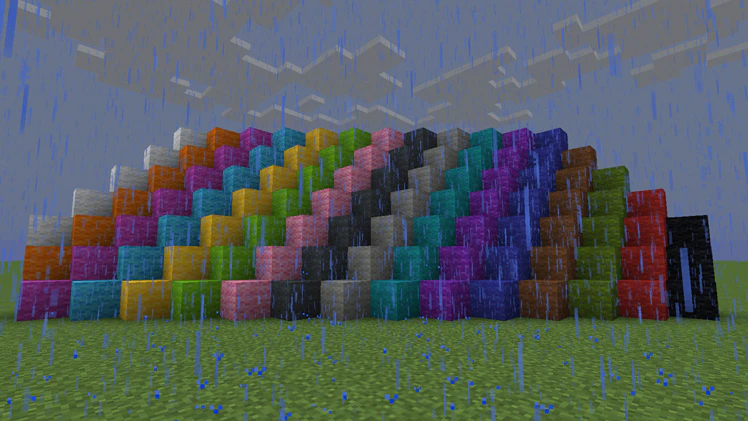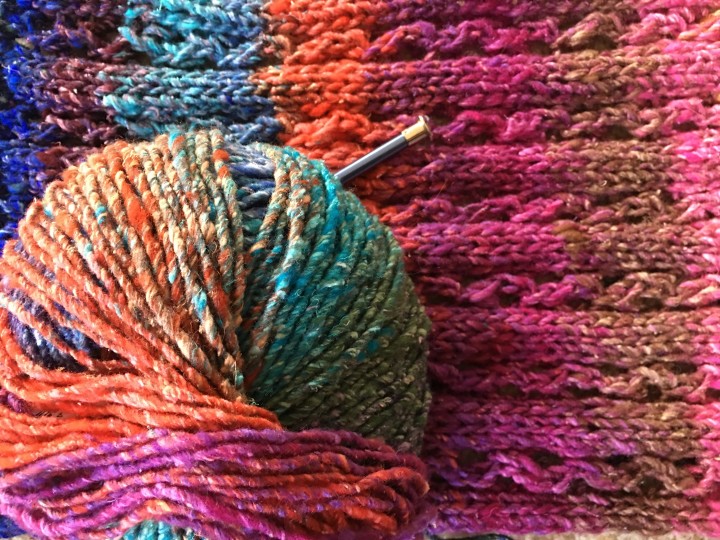Understanding wonky diagrams in knitting can be both confusing and frustrating unless you know how to decipher them. It is, therefore, essential that before using any chart, you know how to read the graphics and recognize the instructions. Most knitting instructions are usually presented in diagrams, and any committed knitter must seek to understand them.
It will not only make it easy to knit, but you will also avoid unnecessary mistakes that may spoil your projects. The following tips are worth considering for decoding any knitting chart.
1. Reading The Chart
A chart is a visual representation of a project that is shown from the front side. It has squares representing stitches, and you should read them the bottom up. The row/round numbers on the side of a chart help you to know where to begin, and they are usually on the lower right-hand corner.
2. Reset The Stitch Counter
You should reset the stitch counter so that its numbers correspond with those on the chart. Make sure to use a separate sheet of paper to keep track of the repeats or alternate row/round names. You can also download a stitch counter app that will let you keep tabs on multiple counts.
3. Follow The Right Direction
Whether you are knitting flat or in the round, determine the direction you work the chart. A chart that is knit flat has numbers on both sides, and right side rows are every other row. You should, therefore, read correct side rows right to left, and wrong side rows left to right.
If the chart is knit in the round, the numbers are usually on one side. In this case, each row is a correct side row, and you should read from right to left.

4. Look For Missing Rows
If the chart you are reading includes the right side rows, only it means you are looking at the wrong side rows. If you see non-consecutive numbers, it is necessary to check the pattern instructions. Look for more information before you start to knit the chart.

5. Know The Signs
Most charts use standard symbols, and it is necessary to know them. Knowing and understanding the symbols help you to interpret any chart and knit your project. It is advisable to check the key in any table. See the chart below.

6. Look For Repeats
If the chart has fewer stitches than what you are knitting, it is advisable to work repeats. Repeats are typically indicated by two bold lines marking the section of the chart to be repeated. The instructions will guide you on how many times to replicate.
7. Mark Your Place
It is essential to place a sticky note or a piece of tape above the row/round you are working on to make it easier to read the chart. You should then keep moving the marker as you work the table. It is also advisable to place the inscription above the row you are working on to know what you have covered.
Conclusion
Deciphering a knitting chart is an integral part of your skills as it enables you to interpret the instructions and apply them. It is, therefore, necessary that you make a priority if you want to do fabulous projects that are a notch higher!







